by Matt Barsalou, guest blogger
I know that Thanksgiving is always on the last Thursday in November, but somehow I failed to notice it was fast approaching until the Monday before Thanksgiving. This led to frantically sending a last-minute invitation, and a hunt for a turkey.
I live in Germany and this greatly complicated the matter. Not only is Thanksgiving not celebrated, but also actual turkeys are rather difficult to find.
I looked at a large grocery store’s website and found 15 types of cat and dog food that contain turkey, but the only human food I could find was one jar of baby food.
Close, but not close enough. I wanted a whole turkey, not turkey puree.
The situation was even more complicated due to language: Germans have one word for a male turkey and a different word for a female turkey. I did not realize there was a difference, so I wound up only looking for a male turkey. My conversation with the store clerk would sound like this if it were translated into English, where there is only one word commonly used for turkey:
Me: Do you carry turkey?
Clerk: No. We only have turkey.
Me: I don’t need turkey. I’m looking for turkey.
Clerk: Sorry, we don’t carry turkey, but we have turkey if you want it.
Me: No thank you. I need turkey, not turkey.
Eventually, I figured out what happened and returned to buy the biggest female turkey they had. It weighed 5 pounds.
This was not the first time I cooked a turkey, but my first attempt resulted in The Great Turkey Fireball of 1998. (Cooking tip: Don’t spray turkey juice onto the oven burner). My second attempt resulted in a turkey that still had ice in it after five hours in the oven. (Life hack: The inside of a turkey is a good place to keep ice from melting.)
This year, to be safe, I contacted an old friend who explained how to properly cook a turkey, but I was told I would need to figure out the cooking time on my own. This was not a problem...or so I thought. I looked online and found turkey cooking times for a stuffed turkey, but my turkey was too light to be included in the table.
Graphing the Data
I may not know much about cooking, but I do know statistics, so I decided to run a regression analysis to determine the correct cooking time for my bird. The weights and times were in a table for ranges so I selected the times that corresponded to the low and high weight ranges and entered the data into a Minitab worksheet as shown in Figure 1.
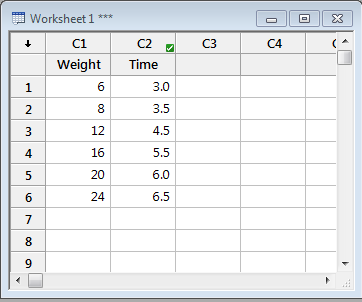
Figure 1: Worksheet with weight and times
I like to look at my data before I analyze it so I created a scatterplot to see how time compares to weight. Go to Graph > Scatter Plot and select Simple. Enter Time as the Y variable and Weight as the X variable.
Visually, it looks as if there may be a relationship between weight and cooking time, so I then performed a regression analysis (see Fig. 2).
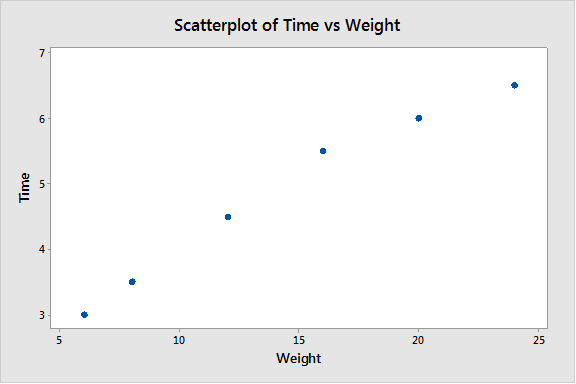
Figure 2: Scatter plot of weight and times
Performing Regression Analysis
Go to Stat > Regression > Regression > Fit Regression Model... and select Time for the response and Weight as the continuous predictor. Click on Graphs and select Four in One, then OK out of the dialog boxes.
The P-value is < 0.05 and the adjusted r-squared (adjusted) is 97.04% so it looks like I have a good model for time versus weight (See Fig. 3).
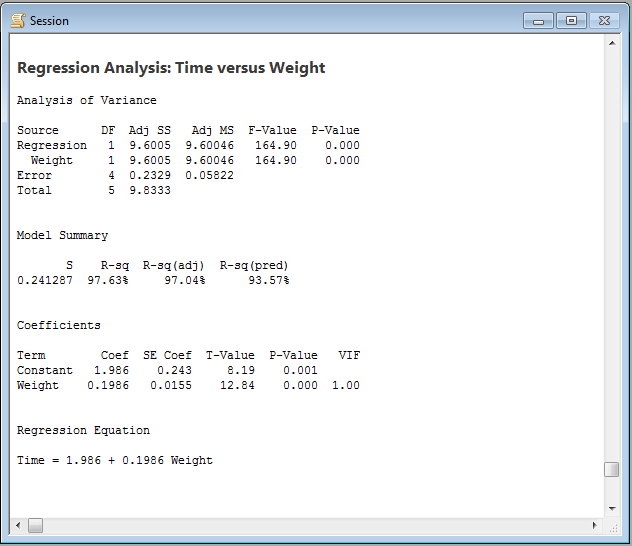
Figure 3: Session window for regression analysis for time versus weight
The residual plots for time shown in Figure 4 include a normal probability plot with residuals that look like they are normally distributed. My data did not need to follow the normal distribution, but the residuals should. But something seemed odd to me when I looked at the other three plots. Suddenly, I was not so sure my model was as good as I thought it was.

Figure 4: Residual plots for time
Regression Analysis with the Assistant
I then used the Minitab Assistant to perform another regression analysis. Since I was uncertain about my first model, I could use the reports generated by the Assistant to better assess my data and the resulting analysis.
Go to Assistant > Regression and select Simple Regression. Select Time for the Y column and Weight for the X column and select OK.
The first report provided by the Minitab Assistant is the summary report, shown in Figure 5. The report indicates a statistically significant relationship between time and weight using an Alpha of 0.05. It also tells me that 99.8% of the variability in time is caused by weight. This does not match my previous results and I can see why: I previously performed linear regression and the Minitab Assistant identified a quadratic model for the data.
The regression equation is Y = 0.9281 +0.3738X -0.005902(X2).
Time = 0.9281 +0.3738(5) -0.005902(52) =
0.9281 + 1.869 – 1.8692 =
2.7971 – 0.0008708401 = 2.796 hours
That means the cooking time is 2 hours and 48 minutes.
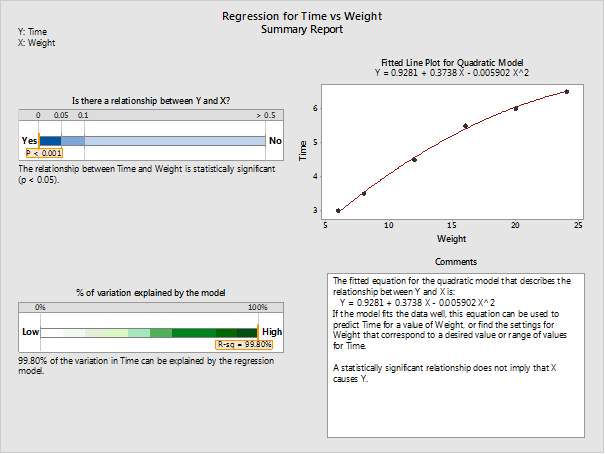
Figure 5: Summary report for time versus weight
Figure 6 depicts the model selection report, which includes a plot of the quadratic model and the r-squared (adjusted) for both the quadratic model and a linear model.
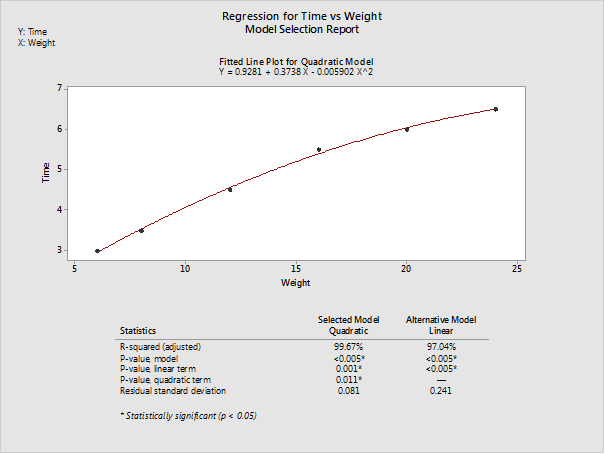
Figure 6: Model Selection report for time versus weight
The diagnostic report in Figure 7 is used to assess the residuals and guidance on the interpretation of the report is provided on the right side.
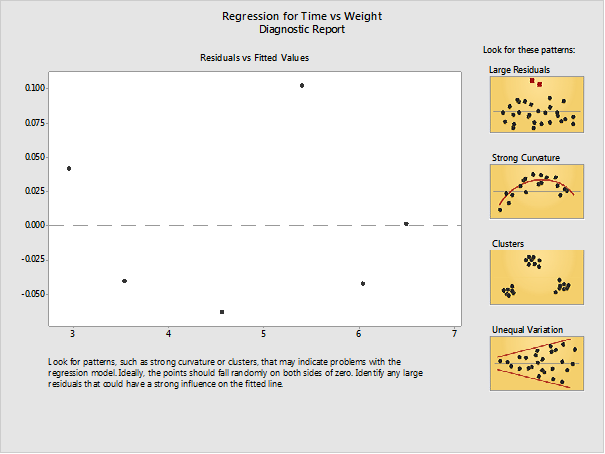
Figure 7: Diagnostic report for time versus weight
The prediction report in Figure 8 shows the prediction plot with the 95% prediction interval.
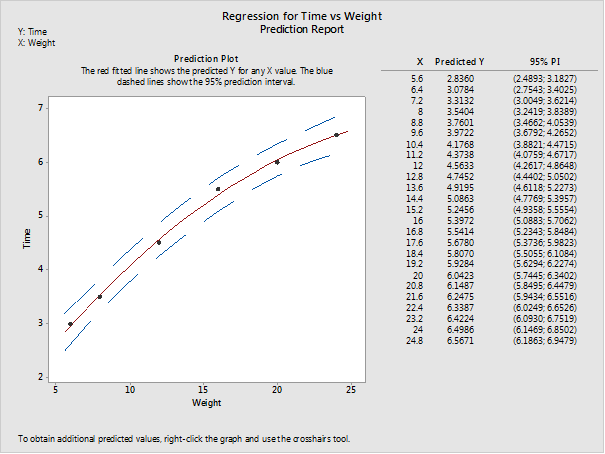
Figure 8: Prediction report for time versus weight
The report card shown in Figure 8 helps us to assess the suitability of the data. Here, I saw a problem: my sample size was only six. Minitab still provided me with results, but it warned me that the estimate for the strength of the relationship may not be very precise due to the low number if values I used. Minitab recommended I use 40 or more values. My data did not include any unusual data points, but using less than 15 values means the P-value could be incorrect if my results were not normally distributed.
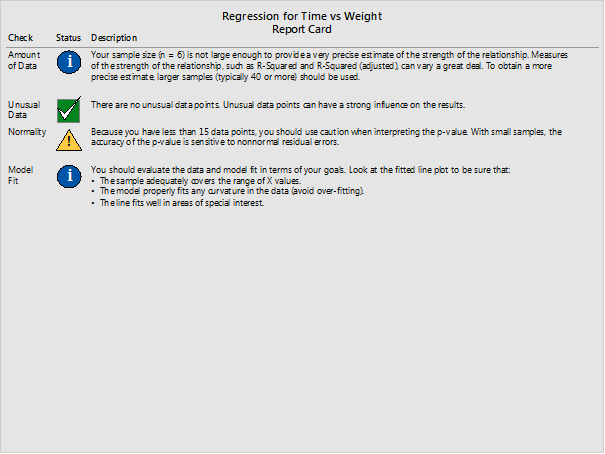
Figure 9: Report card for time versus weight
It looks like my calculated cooking time may not be as accurate as I’d like it to be, but I don’t think it will be too far off since the relationship between weights and cooking time is so strong.
It is important to remember not to extrapolate beyond the data set when taking actions based on a regression model. My turkey weighs less than the lowest value used in the model, but I’m going to need to risk it. In such a situation, statistics alone will not provide us an answer on a platter (with stuffing and side items such as cranberry sauce and candied yams), but we can use the knowledge gained from the study to help us when making judgment calls based on expert knowledge or previous experience. I expect my turkey to be finished in around two and a half to three hours, but I plan to use a thermometer to help ensure I achieve the correct cooking time.
But first, it looks like I am going to need to perform a Type 1 Gage Study analysis, once I figure out how to use my kitchen thermometer.
About the Guest Blogger
Matthew Barsalou is a statistical problem resolution Master Black Belt at BorgWarner Turbo Systems Engineering GmbH. He is a Smarter Solutions certified Lean Six Sigma Master Black Belt, ASQ-certified Six Sigma Black Belt, quality engineer, and quality technician, and a TÜV-certified quality manager, quality management representative, and auditor. He has a bachelor of science in industrial sciences, a master of liberal studies with emphasis in international business, and has a master of science in business administration and engineering from the Wilhelm Büchner Hochschule in Darmstadt, Germany. He is author of the books Root Cause Analysis: A Step-By-Step Guide to Using the Right Tool at the Right Time, Statistics for Six Sigma Black Belts and The ASQ Pocket Guide to Statistics for Six Sigma Black Belts.



